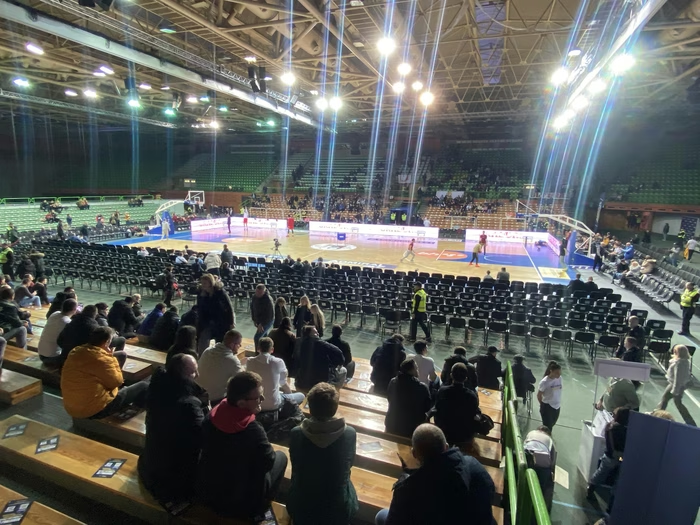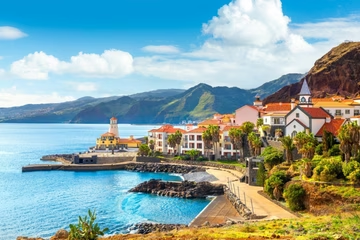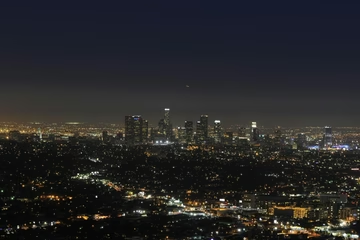Head of Bosnia's Marine Society: Croatia claimed part of Bosnia's territory

When Croatia copied Yugoslavia’s maritime law in 1994, it claimed part of Bosnia’s territory and if that law changes then the controversial Peljesac Bridge Croatia is building now would become part of Bosnia’s territory, the President of Bosnia’s Marine Society, Izet Bajrambasic, told N1 on Wednesday.
Oglas
The Peljesac Bridge is meant to connect the Croatian mainland and the Peljesac Peninsula, bypassing a 15 kilometre-long Bosnian strip of the coast around the city of Neum that is located in the bay of the peninsula.
But some political parties in Bosnia oppose the construction of the bridge, saying that Bosnia and Croatia never fully agreed on their border and that it might prevent large vessels from entering the country’s bay of Neum and threaten Bosnia’s access to the open sea.
“It is a fact that Croatia has declared its sovereignty on Bosnia’s territory. It published a naval conclusion according to which it claimed the naval territory and we are, according to that, not a maritime country,” he said, calling the move “an aggressor’s attack on Bosnia and Herzegovina.”
“That is the first issue which needs to be resolved,” he stressed.
Bosnia’s Marine Society sent a protest note to Croatia’s President Kolinda Grabar-Kitarovic, Prime Minister Andrej Plenkovic and to certain international community addresses.
“We reached out to the President of the European Commission (Jean Claude) Juncker as well as the President of the European Council (Donald) Tusk,” he said, adding that the European Commission, which approved funds for constructing the bridge, “keeps emphasizing that we need to resolve the border issue with Croatia while ignoring our stance that Croatia claimed Bosnian territory.”
The most important thing would be for “Bosnia’s Government to send a protest note to Croatia so that maritime law changes,” he said.
He added that the Bosnia’s Marine Society is “looking for ways to initiate a lawsuit against Croatia” over the issue.
“The confusion among our politicians is based on controlled legal chaos which is being implemented by Croatia,” he said.
Bajrambasic pointed out that the international community, including the Office of the High Representative (OHR) and the Peace Implementation Council (PIC) which oversee Bosnia’s peace process and the implementation of the peace agreement, also bears part of the responsibility.
“The OHR and the PIK Steering Board are also involved here. Peace is implemented based on the Dayton Peace Agreement. (High Representative) Valentin Inzko is the most responsible person who should gather the Steering Board and put that issue on the agenda,” he said.
The next step, he said, is to inform the UN Security Council of the issue.
If it would work, and if Croatia would change the controversial law, the Peljesac Bridge would become Bosnian territory, he said.
“The legal situation would change regarding the sea. Croatia has its rights above ground, on the ground and at the sea, and those rights conflict with Bosnia’s right to access to the sea,” he said.
Kakvo je tvoje mišljenje o ovome?
Učestvuj u diskusiji ili pročitaj komentare
Oglas
Kakvo je tvoje mišljenje o ovome?
Učestvuj u diskusiji ili pročitaj komentare
Oglas
NAJČITANIJE
Oglas
Oglas
Najnovije
Oglas
Oglas





 Srbija
Srbija
 Hrvatska
Hrvatska
 Slovenija
Slovenija



























































